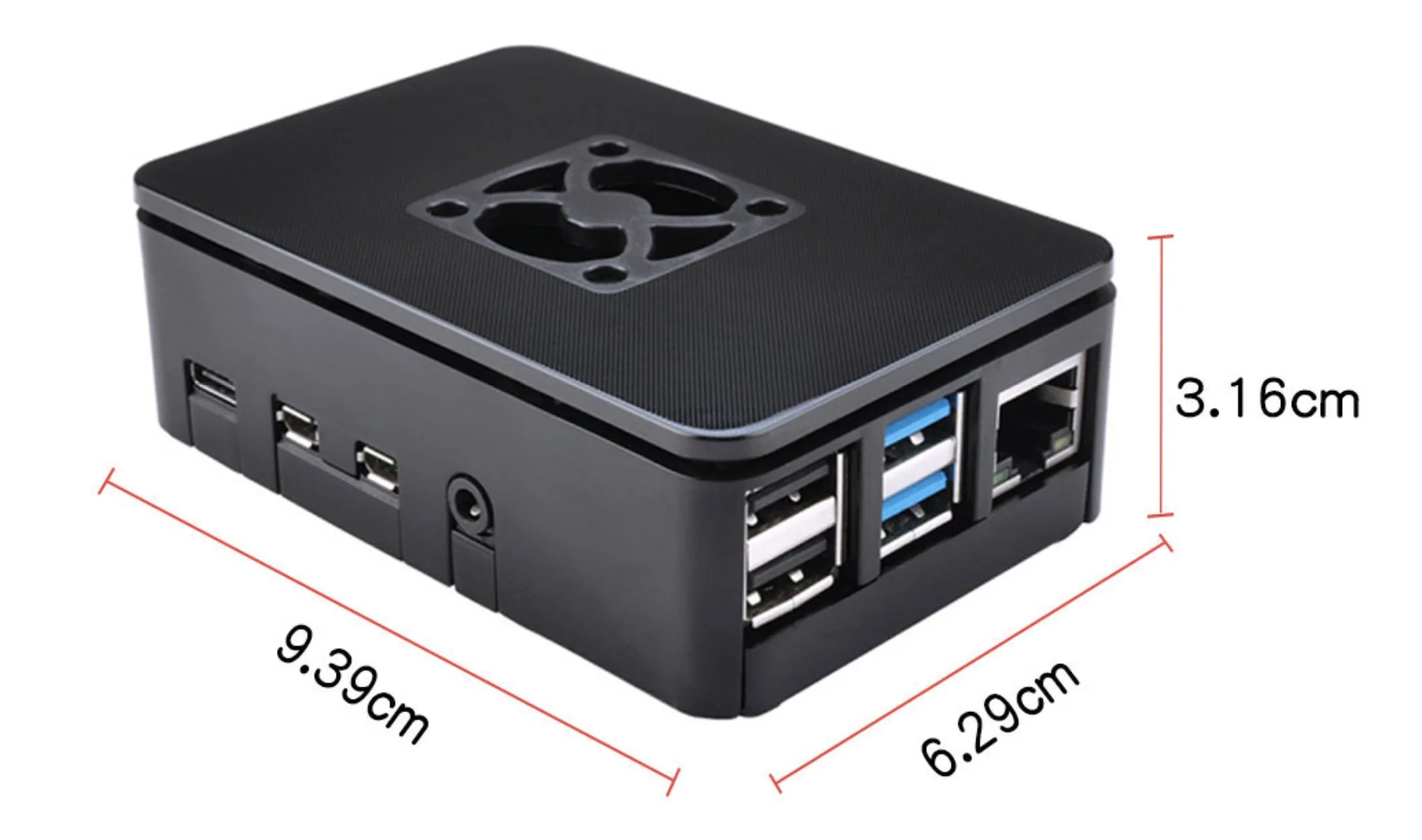


This allows the Reset button on the LCD shield to reset the Teensy. I also added a wire connected to the Teensy Reset pad on the bottom of the board and routed to the Arduino RST header pin. The VUSB power line was connected to the spare Arduino expansion pin and routed to the front board containing the charger via the header. That way the board may be charged via either the Teensy USB connector or the charger USB connector.


I use VUSB as the input power to the charger and let the charger supply 5V that is fed back to the Teensy via its VIN to power it. I cut the trace between VIN and VUSB on the back of the Teensy. A pair of 4.7 kohm pull-up resistors pulled to 3V3 is connected to the I2C signals. I also removed the 2-pin power input (J3) that pokes out of the back of the breakout. I brought the signal out to a pin plugged into the same header that the rest of the breakout board's pins connected to. I use it as an interrupt on the Teensy to trigger a set of transfers. This pin may be used to output a 105.3 Hz VSYNC signal that indicates the start of a segment transmission (a segment is 1/4 of a full frame of data and requires at least 60 164- or 244-byte SPI transfers). Pure Engineering provides a SMT pad on the back of their breakout for the Lepton's GPIO3 pin. A few modifications are made to various boards. The button initially enables power and then the Teensy drives D7 to hold power. It's controlled using a soft-power switch. A LiPo charger/boost converter supplies 5V power to the various boards (the Teensy 3.3 volt regulator drives the 3.3v rail). The additional circuitry is for power management and control buttons. Most connections between the Lepton module, LCD and Teensy are direct and documented in the image and included PDF schematic using the Arduino-style signal notation. I used an Arduino shield style breakout board to make it easy to connect the Teensy to the display and imaging module. The test platform hardware is pretty straightforward.


 0 kommentar(er)
0 kommentar(er)
